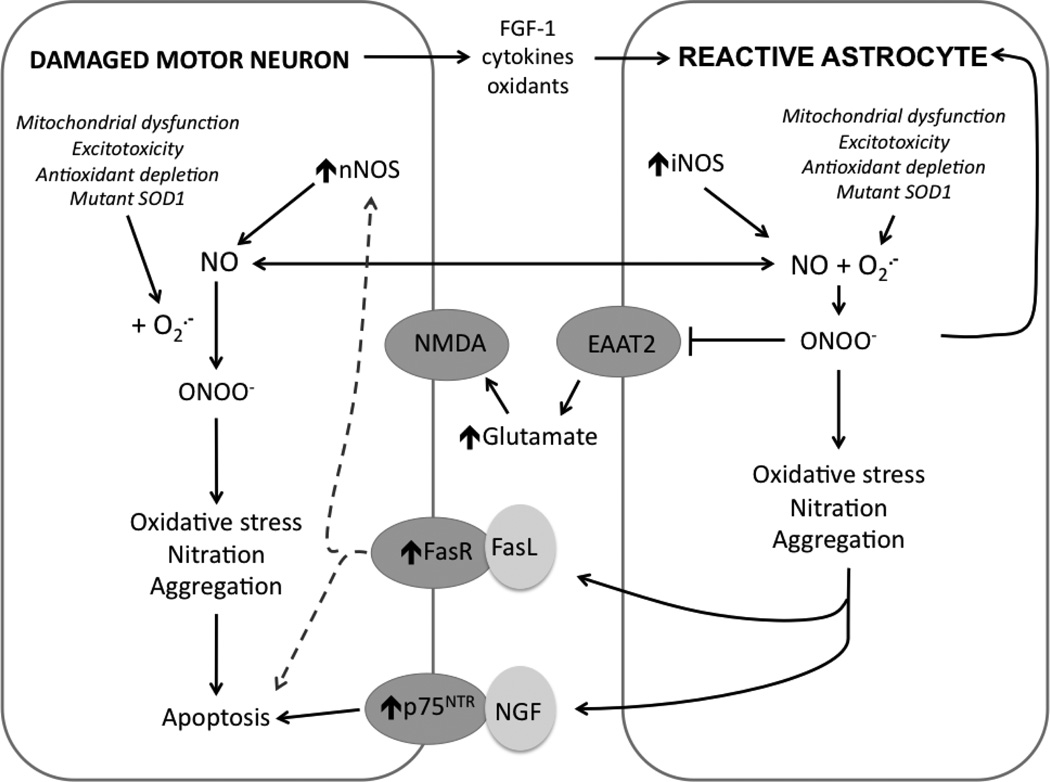Figure 2. Interplay between motor neurons and astrocytes in ALS.
In response to injury or chronic oxidative stress, damaged motor neurons upregulate expression of critical genes involved in their survival/death including nNOS, Fas, and p75NTR, increase superoxide production via numerous sources, and release inflammatory mediators such as FGF-1, cytokines, NO, and other oxidants. These soluble factors promote astrocytes to adopt a reactive phenotype associated with induction of iNOS and mitochondrial dysfunction. Increased production of NO and superoxide favors the formation of peroxynitrite (ONOO−). Peroxynitrite has multiple effects: 1) further promoting reactive astrocyte phenotype, 2) inhibiting glutamate transporters (EAAT2), leading to increased extracellular glutamate concentrations and NMDA-induced excitotoxic injury in motor neurons, and 3) causing oxidative damage to cellular macromolecules leading to increase in general markers of pathology including protein nitration and aggregation. Reactive astrocytes release excessive NO and soluble proapoptotic factors (FasL and NGF) that activate upregulated receptors to amplify damage in affected motor neurons, ultimately leading to apoptosis.

